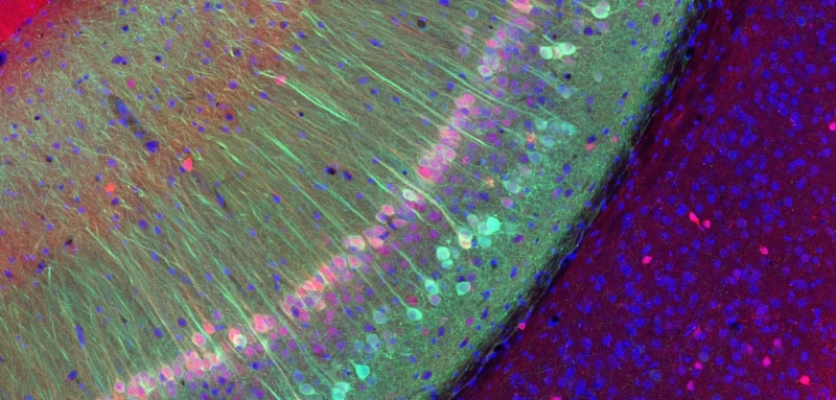Cells in the hippocampus store memories of acquaintances, a new study reports.
Mice have brain cells that are dedicated to storing memories of other mice, according to a new study from MIT neuroscientists. These cells, found in a region of the hippocampus known as the ventral CA1, store “social memories” that help shape the mice’s behavior toward each other.
The researchers also showed that they can suppress or stimulate these memories by using a technique known as optogenetics to manipulate the cells that carry these memory traces, or engrams.
“You can change the perception and the behavior of the test mouse by either inhibiting or activating the ventral CA1 cells,” says Susumu Tonegawa, the Picower Professor of Biology and Neuroscience and director of the RIKEN-MIT Center for Neural Circuit Genetics at the Picower Institute for Learning and Memory.
Tonegawa is the senior author of the study, which appears in the Sept. 29 online edition of Science. MIT postdoc Teruhiro Okuyama is the paper’s lead author.



